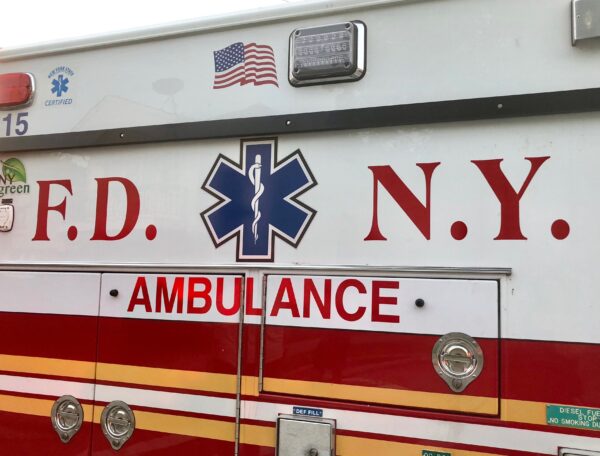Recent NLRB Decision Makes Organizing Easier
June 13, 2012
By Larry Cary
Last year, the National Labor Relations Board issued its decision in Specialty Healthcare and Rehabilitation Center, 375 NLRB No. 83, which radically changed the bargaining unit determination rules for the better. Many organizers have not heard about it but they should know that under the new approach, smaller specific segments of an employer’s workforce can now be organized through NLRB certification elections without having to include other employees, which, as a practical matter, may be less likely to vote for unionization.
Organizers, employers and the NLRB have always understood that if a union could petition for an election for a group of workers desiring a union and leave out those with less interest or who opposed unionization there is a greater likelihood of success when the ballots are opened.
This means that unless the union petitions to represent every employee in the shop there is frequently a battle between the union and employer over which groups of employees should be included and excluded from the group to be voted, with the employer usually wanting to include categories of workers it knows will likely vote against the union. Very often the organizer compromises by agreeing to include some of these guaranteed “no” votes, for the sake of getting an election conducted sooner rather than later, knowing full well that the longer it takes to get to an election, union support tends to erode because pro-union employees either quit in frustration or do something which gets them fired, or because the employer’s vicious anti-union campaign tends to become more effective the longer the employer has to work on the employees.
These issues are resolved by examining the so-called “community of interest” shared by groups and sub-groups of employees, with the NLRB including employees in the election who share a “community of interest” with the petitioned for group of employees. Because every single aspect of workers’ terms and conditions of employment goes into determining whether a community of interest exists, the NLRB has created “presumptively” appropriate bargaining units which almost always must be considered by the organizer when he or she sets out to start a campaign. Each industry has its particular presumptively appropriate bargaining units.
In Specialty Healthcare, the NLRB held that where a union petitions for an election for a group of workers having a community of interest (but not necessarily meeting the standards for a presumptively appropriate unit) and the employer wants to include other employees in the unit, the employer has the burden of showing that “employees in the larger unit share an overwhelming community of interest with those in the petitioned for unit.” This means it is less likely that the NLRB will include the employees the union does not want to include for the election, which, in turn, means the organizer can be more strident about not agreeing to include what he knows will be “no” votes in the election.
Each case will turn on its specific facts, but it is now possible to get the union in by organizing a smaller unit of employees than before and then start to work from within to organize the rest.
Larry Cary is a managing partner in the law firm of Cary Kane LLP, which represents unions, and union affiliated pension and welfare plans. He has practiced law for more than 25 years.



